Entry Category: Land
aka: Nachitoch Bluff Bridge
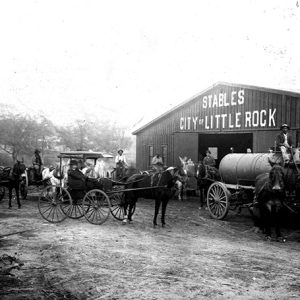 Little Rock Stables
Little Rock Stables
Little Rock and Fort Smith Railroad
Little Rock Railway & Electric Company (LRREC)
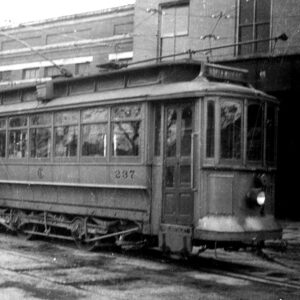 Little Rock Streetcar
Little Rock Streetcar
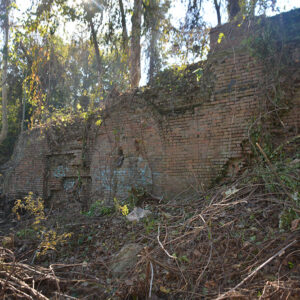 Little Rock Streetcar Barn Remnants
Little Rock Streetcar Barn Remnants
Little Rock to Cantonment Gibson Road
 Little Rock Train Depot
Little Rock Train Depot
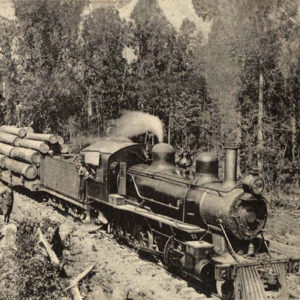 Logging Train
Logging Train
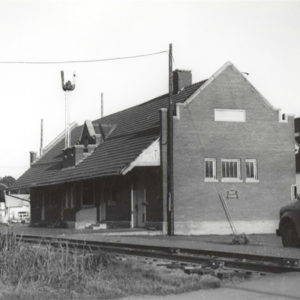 Lonoke Depot
Lonoke Depot
 Lonoke Road Construction
Lonoke Road Construction
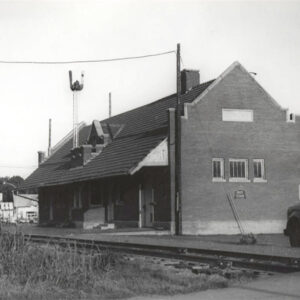 Lonoke Rock Island Depot
Lonoke Rock Island Depot
 Lonoke Street Scene
Lonoke Street Scene
 Annie Lumpkin
Annie Lumpkin
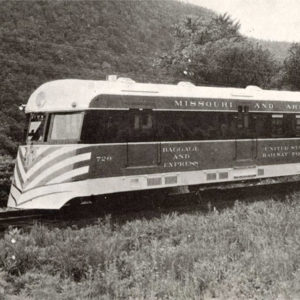 M&NA Train at Kensett
M&NA Train at Kensett
 Main Street Bridge
Main Street Bridge
 Main Street Bridge - Looking South
Main Street Bridge - Looking South
Main Street Bridge (Little Rock–North Little Rock)
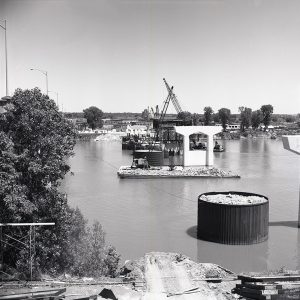 Main Street Bridge Construction
Main Street Bridge Construction
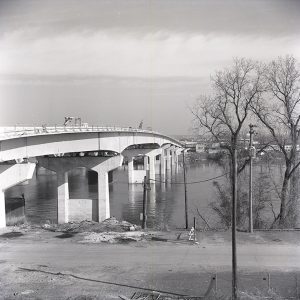 Main Street Bridge Construction
Main Street Bridge Construction
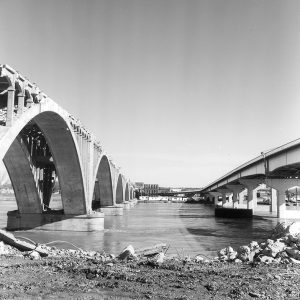 Main Street Bridge Construction
Main Street Bridge Construction
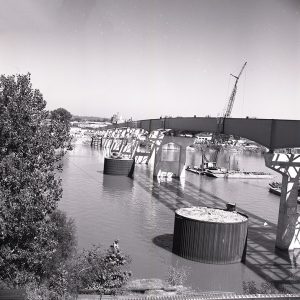 Main Street Bridge Construction
Main Street Bridge Construction
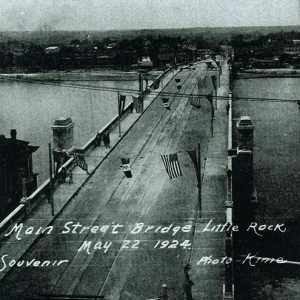 Main Street Bridge Grand Opening
Main Street Bridge Grand Opening
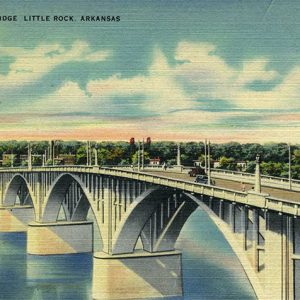 Main Street Bridge Postcard
Main Street Bridge Postcard
 Bliss Anne Malone
Bliss Anne Malone
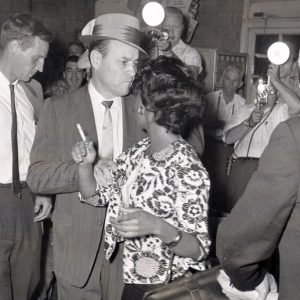 Arrest of Bliss Anne Malone
Arrest of Bliss Anne Malone
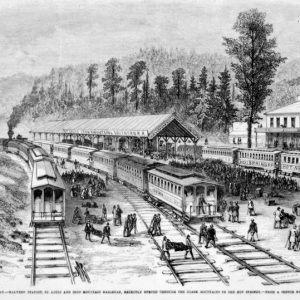 Malvern Railroad Station
Malvern Railroad Station
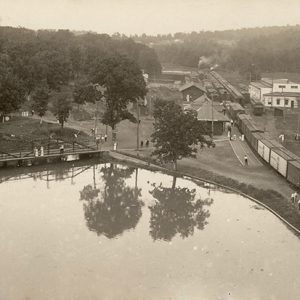 Mammoth Spring Depot
Mammoth Spring Depot
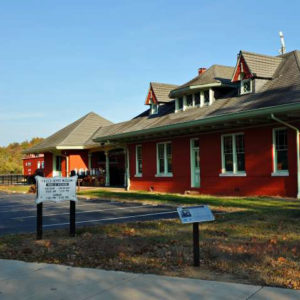 Mammoth Spring Frisco Depot
Mammoth Spring Frisco Depot
 Mammoth Spring Train Depot
Mammoth Spring Train Depot
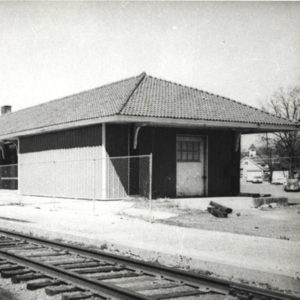 Marianna Depot
Marianna Depot
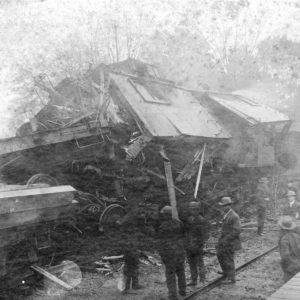 Marianna Train Wreck
Marianna Train Wreck
Marr’s Creek Bridge
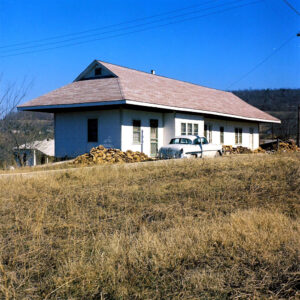 Marshall Depot as Home
Marshall Depot as Home
 Marshall Street Scene
Marshall Street Scene
 Maumelle River Bridge
Maumelle River Bridge
Maumelle River Bridge
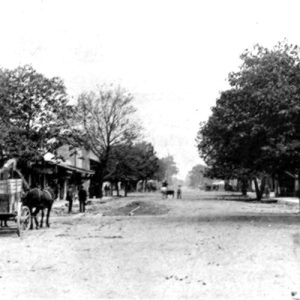 McCrory Street Scene
McCrory Street Scene
 McGehee Depot
McGehee Depot
McNeely Creek Bridge
Memphis and Little Rock Railroad (M&LR)
Memphis to Little Rock Road
aka: Military Road (Memphis to Little Rock)
 J. N. Heiskell and Merci Train Car
J. N. Heiskell and Merci Train Car
Metroplan
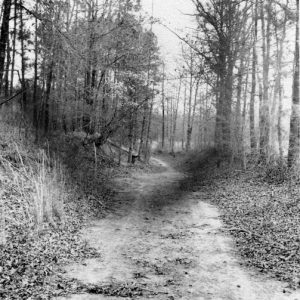 Military Road
Military Road
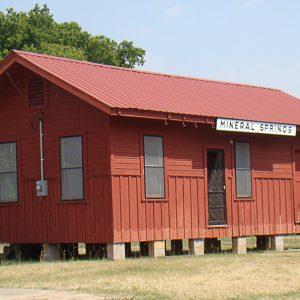 Mineral Springs Depot
Mineral Springs Depot
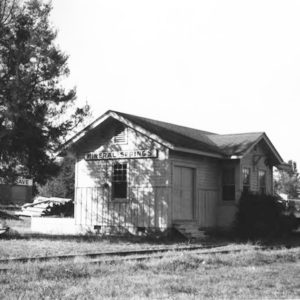 Mineral Springs Depot
Mineral Springs Depot
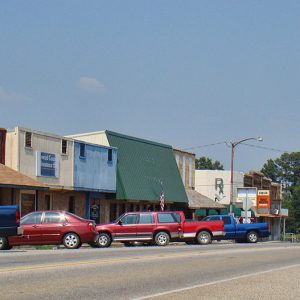 Mineral Springs Street Scene
Mineral Springs Street Scene




